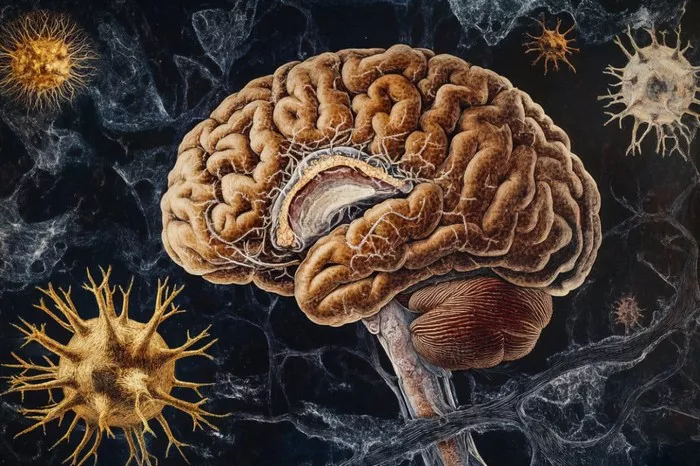A groundbreaking discovery from the University of Virginia School of Medicine offers fresh hope in the fight against Alzheimer’s disease and other neurodegenerative disorders by targeting an immune molecule called STING.
Researchers have found that STING, a key component of the brain’s immune system, plays a pivotal role in driving the formation of amyloid plaques and protein tangles—hallmarks of Alzheimer’s that contribute to cognitive decline. Experiments in lab mice revealed that blocking STING’s activity prevented mental deterioration, suggesting it could be a promising target for new therapies.
Beyond Alzheimer’s, STING may also contribute to other debilitating conditions such as Parkinson’s disease, amyotrophic lateral sclerosis (ALS), and dementia. This broad involvement highlights the molecule’s potential as a therapeutic focus with wide-reaching impact.
Alzheimer’s is a growing global crisis, with over 7 million Americans currently affected—a figure expected to rise to 13 million by 2050. Despite extensive research, the exact causes remain unclear, though the immune system’s role is increasingly recognized. STING normally helps the brain combat viruses and repair DNA damage, but when hyperactive, it can trigger harmful inflammation and tissue injury.
“Our research showed that removing STING reduced harmful microglial activation near amyloid plaques, protected neurons, and improved memory in Alzheimer’s model mice,” said Jessica Thanos, a UVA neuroscientist involved in the study. “This suggests STING drives immune responses that worsen brain damage and cognitive decline.”
Unlike other molecules previously studied, STING’s influence spans both major pathological features of Alzheimer’s—amyloid plaques and tau tangles—making it an especially attractive target for treatment development. Researchers emphasize that understanding which cells and signals maintain STING activation is crucial for designing effective interventions.
While these findings mark a significant advance, further research is needed to translate them into safe therapies, particularly because STING also plays roles in immune responses such as cancer defense. Scientists at UVA’s Harrison Family Translational Research Center are actively pursuing this next phase of investigation.
“Our goal is to develop safer, more effective ways to protect aging brains,” said lead researcher Lukens. “Understanding how STING contributes to neuronal damage could lead to disease-modifying treatments that slow or prevent Alzheimer’s progression.”
This promising research offers a new direction in addressing a devastating disease that affects millions worldwide.
Related topics:

